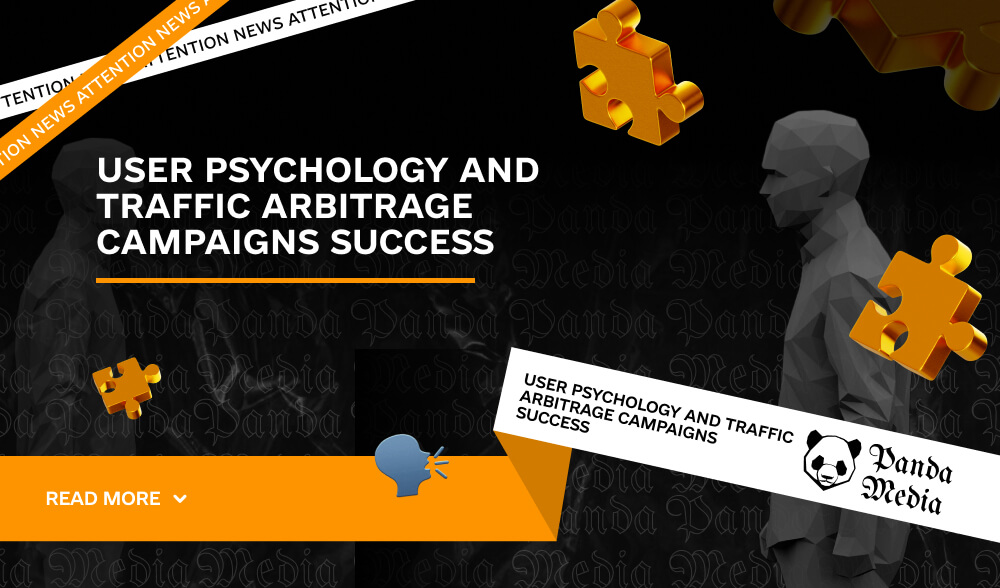Don't miss interesting news

In traffic arbitrage, the success of advertising campaigns often depends not only on the right choice of offers and traffic sources, but also on how effectively they affect the user’s psyche. Understanding the psychology of the audience allows you to create creatives that attract attention, arouse interest, and push users to take action, whether it’s an ad click, a purchase, or a registration. In this article, we’ll look at how psychological factors affect conversions and what can be done to improve the effectiveness of arbitrage campaigns.
🎁 Bonus: Get 5 free virtual cards from FlexCard (a service with virtual cards for traffic arbitrage and payment for personal purchases) with a promo code PandaMedia. 🧨 Sign up via link, enter the support promo code and get cards for free
Psychological triggers are subconscious mechanisms that influence users’ decisions. In traffic arbitrage, they play a key role in forcing the audience to perform the desired actions. Here are some of the main triggers that can increase conversions.
One of the most powerful triggers is a sense of limited time or resources. When a user is told that an offer is available “only today” or that “there are only 5 products left”, it causes a fear of lost profits, which motivates them to act quickly.
Sample usage:
People tend to rely on the experiences of others when making decisions. If they see that other people have already used an offer and were satisfied, they are more likely to do the same.
Sample usage:
Trust is a key factor influencing a user’s willingness to interact with ads and offers. People prefer to interact with brands that seem reliable and safe.
Sample usage:
The user experience (UX) and user interface (UI) of landing pages directly affect conversions. If the page is difficult to read or causes discomfort to the user, it can lead to leaving the site, even if the offer itself is attractive.
The simpler and clearer the interface, the easier it is for the user to perform the target action. Excessive information, too many fields in the registration form, or inconvenient navigation can scare away potential customers.
Sample usage:
Colors, fonts, and visual elements have an emotional impact on users. Warm tones can create a sense of trust and comfort, while bright and contrasting colors can stimulate action.
Sample usage:
One of the most important aspects of successful arbitrage campaigns is building trust in the advertised product or service. If the user is not sure about the quality of the product, he or she is unlikely to make a purchase or perform another targeted action.
Users appreciate honesty and openness. If an ad offer promises more than it can deliver, it can lead to distrust and negative feedback, which will ultimately worsen the results of the campaign.
Sample usage:
Using authoritative sources or expert recommendations can significantly increase the credibility of an offer. Users often rely on the opinions of people or organizations they consider competent.
Sample usage:
Personalized advertising offers that meet the needs and interests of users significantly increase conversion. The more relevant the ad seems, the more likely the user is to perform the targeted action.
The use of dynamic elements on the landing page or in advertising creatives helps to make the offer more personalized. For example, adjusting ads to the user’s demographic data (age, gender, location) can increase the relevance of the offer.
Sample usage:
Another psychological technique that can be used to increase conversions is the principle of “small steps”. Users are more likely to continue interacting with an offer if they start with a small action that does not require significant effort or cost.
Sample usage:
Understanding user psychology is one of the key factors for success in traffic arbitrage. By using psychological triggers, improving UX/UI, increasing trust in the offer, and personalizing offers, you can significantly increase conversions and make your ad campaigns more successful. Don’t forget to regularly test and optimize your approaches to better understand audience behavior and improve campaign results.